The future of augmented and mixed reality offers many possibilities, mostly because we're still figuring out everything it can do. While Meta is open to exploration, they've spent a lot of time thinking about what the future of this technology will be.
We spoke to Ryan Pamplin, VP of Sales and Partnerships at Meta Company, at this year's VRLA Summer Expo to discuss the Meta 2 headset and the future of augmented and mixed reality tech. You can watch the full conversation and more details below.
Open & Intuitive Interfaces Our Brains Already Understand
We don't know much about the forthcoming headset from Magic Leap, but Microsoft's HoloLens has taken a somewhat traditional approach to controlling the mixed reality environment it presents. It also stands alone with no necessary cables or attachments and, as a result, has limited battery life and CPU power.
The Meta 2 takes a markedly different approach, as Meta feels computing paradigms deserve a major change. They believe the days of windowed computing will come to an end, and headsets like the one they've created will supplant traditional monitors, letting us interact with the internet and our files through holographic objects instead of flat rectangular boxes.
Furthermore, Meta wants us to interact with those objects in ways our brains already understand. They've turned to neuroscience to analyze how humans naturally respond to the things and designed gestures and actions accordingly. As a result, using the Meta 2 stands to feel a bit more like using real-world objects than a computer. It's a little bit of our past and future combined.
Meta Could Someday Work with Your Smartphone
Right now the Meta 2 attaches to a Windows desktop computer with the right specifications, just like you've come to expect from virtual reality headsets like the HTC Vive and Oculus Rift. The reality bears some irony as Meta envisions the future of augmented reality computing as far from the Windows archetype as possible.
As Pamplin discusses in our interview, Meta's support for other platforms isn't as narrow. They want to support macOS, and possibly even smartphones someday in the future. The graphical capabilities in our phones and laptops can already power compelling VR experiences, as we've seen most clearly with the Idealens, so the possibility of connecting Meta's next generation headset to an iPhone, or nothing at all, isn't far-fetched. After all, Microsoft managed to do that with the HoloLens already. They just had to limit the headset's field of view and battery life, but given the tradeoffs, this isn't necessarily a major disadvantage.
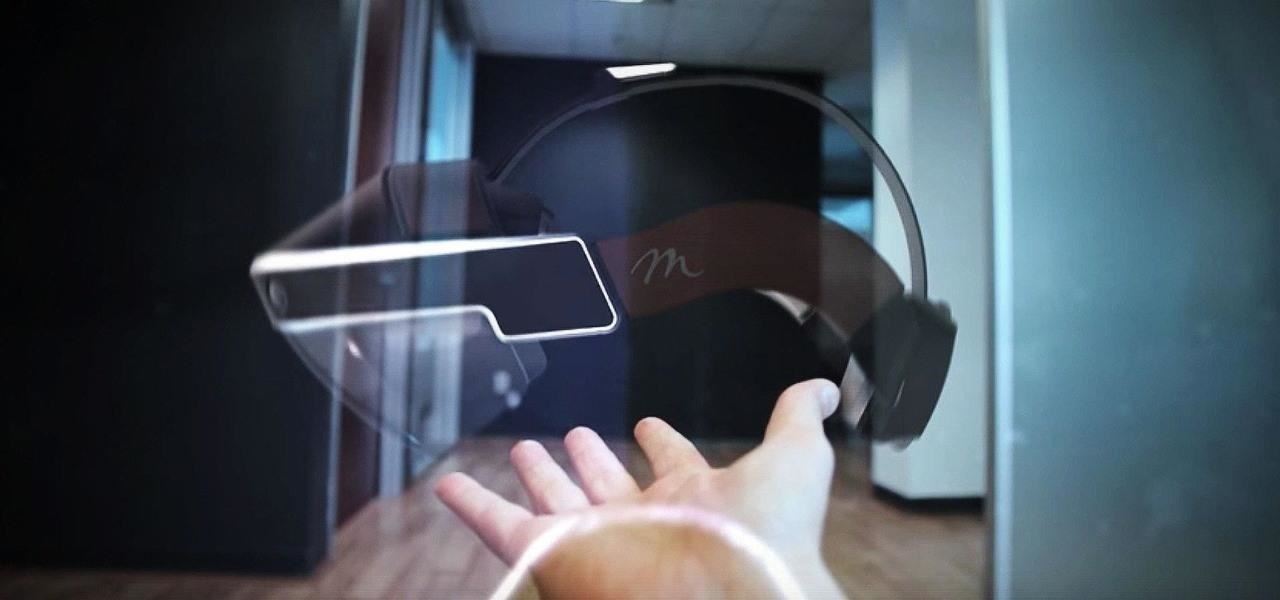
While Meta has opted for a more immersive, high-resolution, and graphically powerful experience, they've often said they see their headsets appearing as not much more than a strip of glass in five years' time. Whether that requires a remote connection to a portable computing device like your smartphone or just runs all by itself remains to be seen, but it's clear they're aiming for a minimalist future for their hardware.
In the Future, All Realities Combine
In our discussion, and again when Pamplin addressed the VRLA Summer Expo the following day, he suggested that these varying technologies will merge someday in the future. Right now, we mostly look at augmented and mixed reality as productivity devices and virtual reality for escapist entertainment and gaming. To use both, we need to swap headsets. Down the line, Pamplin suggests we'll be able to alter our experiences with just a push of a button.
While mixed reality headsets require a far more complex process to display holographic images in physical space than their virtual reality siblings, they general begin in a similar way. Images must be projected onto lenses and combined to provide the illusion of three-dimensional objects. In augmented or mixed reality mode, the headset might have a lot more work to do. If you were to flip a switch that blacked out the lenses, for example, the headset could presumably skip the necessary steps required to project into physical space and offer a standard virtual experience.

Of course, that's just a rudimentary concept and there are several other problems to solve. Preventing light leaks when in "VR mode," creating lenses that suit both purposes, and maintaining a wide field of view without face-engulfing glass are just a few. It seems only natural that realities will combine in the future, but we still have a lot of work to do before that can happen.
Both Meta and Microsoft seem to understand this quite well. While Microsoft seems to be coming to the end of their developer phase and may make the HoloLens a real product in the near future, they're not setting any rules. They're letting every interested developer contribute to the conversation. And while Meta might guide their choices by a set of principles, they engage with developers and average computer users to help improve their product's experience as well.
We'll never be able to predict the future for certain, but when working on a product of this caliber, you kind of have to know where things are headed. We might not know the exact shape of the future for augmented and mixed reality, but Meta at least seems to have their finger on the pulse.
Just updated your iPhone? You'll find new features for Podcasts, News, Books, and TV, as well as important security improvements and fresh wallpapers. Find out what's new and changed on your iPhone with the iOS 17.5 update.
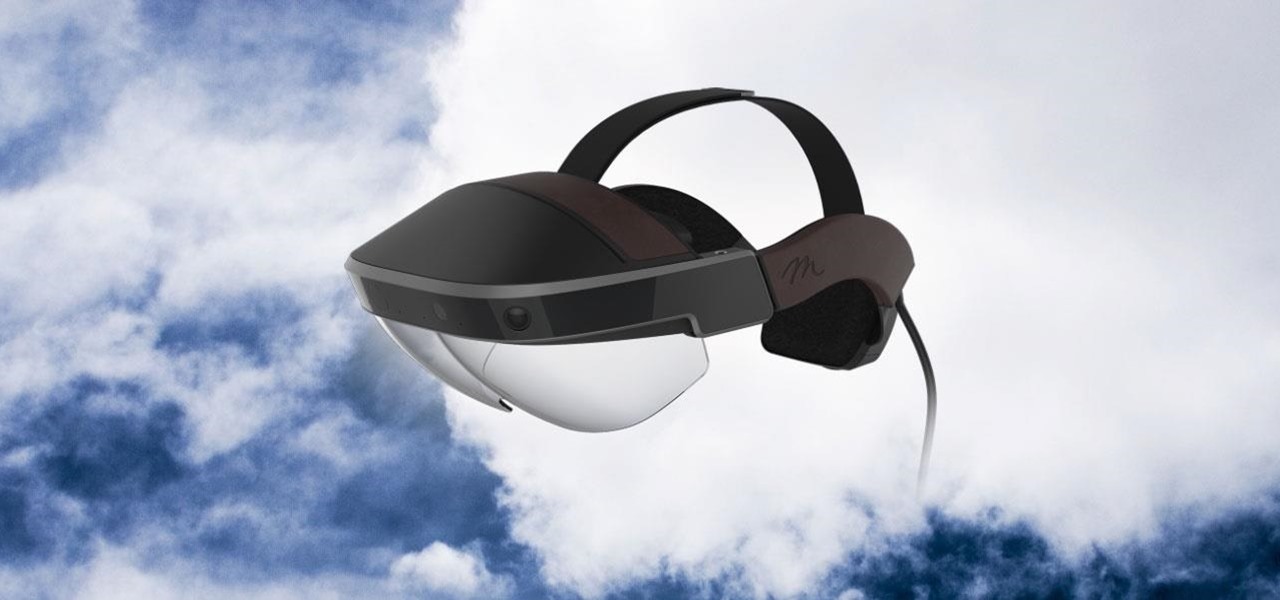


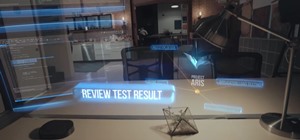
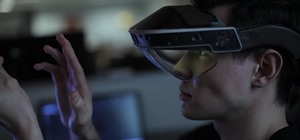

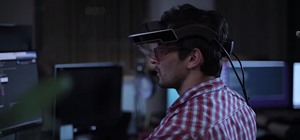
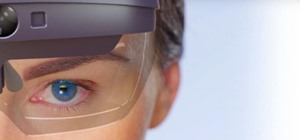

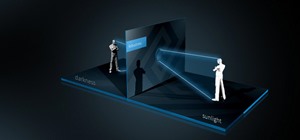
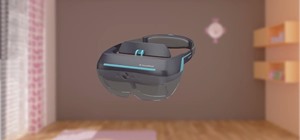
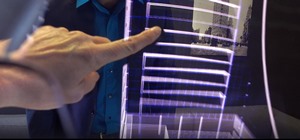
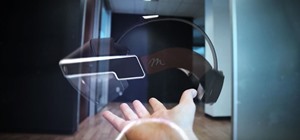

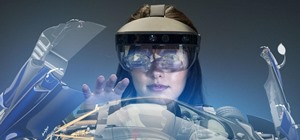
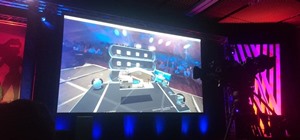
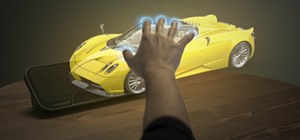
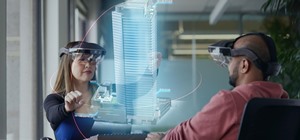
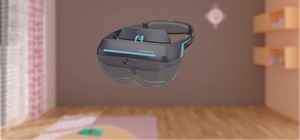

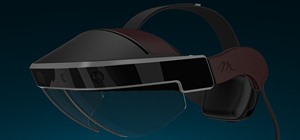
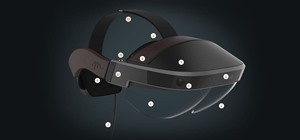
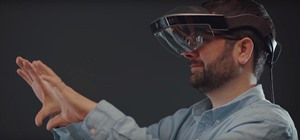
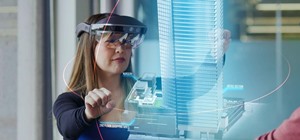


Be the First to Comment
Share Your Thoughts